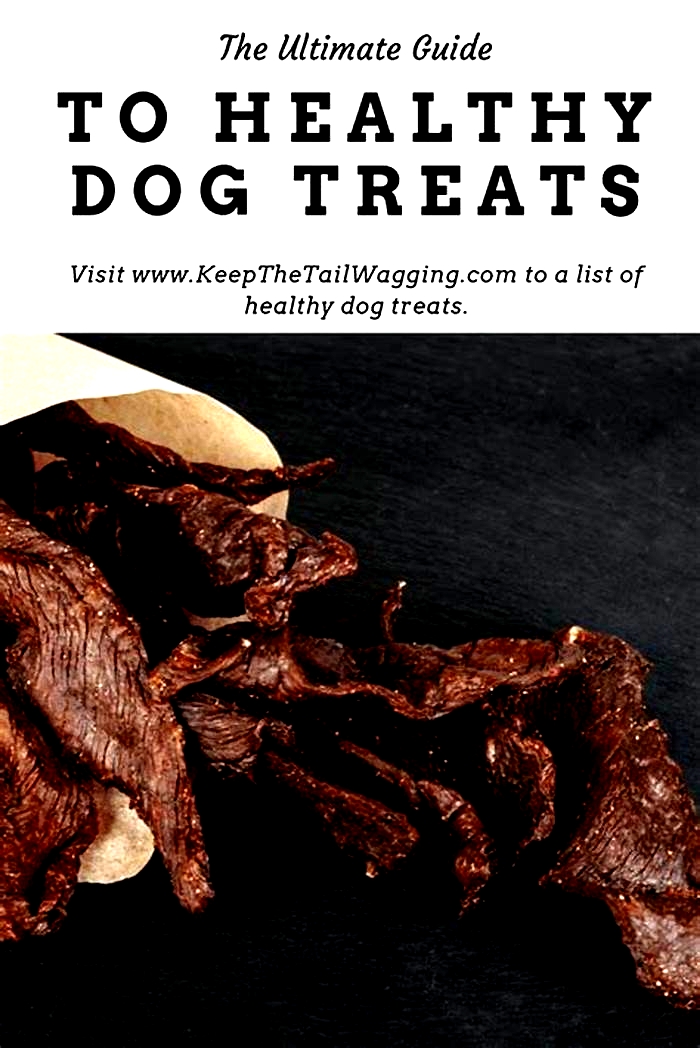Hills Prescription Diets A Prescription for Tail Wagging Health

Dog Tail Signs: What That Wagging Means
You can understand a lot about your canine companion from his dog tail signs. That wagging or thumping on the carpet? You know your pup is feeling great. That feeling of dread when you walk through the front door and that same tail is tucked low? That tail tells you something has been destroyed by a bored pup while you were away. Whether you consider yourself fluent in wag or you're still learning how to decode dog tail language, read on to learn more about how your pet communicates.

Spotting the Signs: A Guide to Dog Tail Language
A dog's tail originally evolved to help him stay balanced, like a tightrope walker's pole. It serves as a counterweight to the front part of his body when he's making a high-speed turn while hunting and helps keep him from falling off narrow walkways.
Now that a dog hunt generally involves finding the last piece of kibble that fell behind the bowl, that wagging tail is largely thought of as a communication device. Here are five key things the placement of a dog's tail can tell you, according to the Center for Shelter Dogs at Tufts University Cummings School of Veterinary Medicine.
- Circular swish: A dog whose tail is swishing back and forth or in a circular motion is one happy and relaxed pup.
- Lowered or tucked tail: A dog who is frightened or feeling submissive will often lower or tuck his tail between his hind legs.
- Tail wagging stiffly: A dog who is excited may wag his tail stiffly while jumping, spinning or sticking his rump in the air. His excitement may be from a positive source like an upcoming walk or a negative source like an intimidating stranger.
- Tail held horizontally: A tail held straight out indicates a dog who is attentive and alert or perhaps curious about something nearby. Traditional hunting dog breeds like pointers or setters also hold their tails out straight when they point at an animal or object.
- Sudden tail raise: When a dog moves his tail from a down position to a vertical or raised position, it could indicate he is feeling aggressive.
Reading Wag Speed
The speed of a dog's wagging tail might also give you an indication of his mood, Psychology Today reports.
- Quick wag: A short wag usually happens during greetings when a dog is feeling tentative.
- Big, broad wag: This indicates a friendly dog who is not threatening anyone.
- Slow, reluctant wag: This might indicate a dog who is feeling anxious. Other signs of anxiety include avoiding eye contact, refusing food or ignoring what's happening around him.
- Tiny, high-speed wag: A tail that moves in short, vibrating bursts can be a sign a dog is about to run or fight. Be careful!

Dog Tail Language Barriers
Some dogs wag with long, expressive tails, but what about dogs with small, stumpy tails or no tails at all? A truncated tail may make it more difficult for dogs to communicate with their pet parents and with other dogs, writes Psychology Today. An observational study of more than 400 dogs greeting each other off-leash in a dog park showed a higher number of aggressive incidents involving dogs with short tails. This doesn't mean that your corgi will inherently pick more fights than your shepherd mix, but it could be something to watch out for. Overall, the study found that only 12 percent of dog park incidents resulted in any kind of aggression. That's a sign that dog communication has a pretty high success rate.
The tale of the tail? Dog tail signs help pups communicate not only with us, but also with other dogs. Knowing the meaning of how a dog is using his tail can go a long way to showing you how your pet is feeling.
Contributor Bio

Kara Murphy
Kara Murphy is a freelance writer and pet parent who lives in Erie, Pa. She has a goldendoodle named Maddie.









